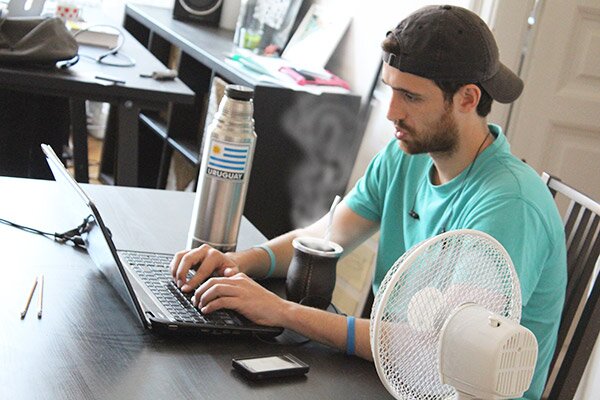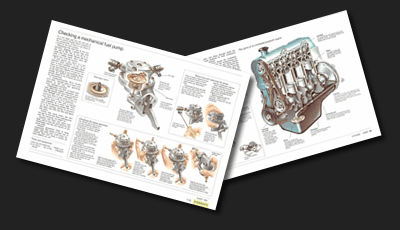Si prefiere, nuestro traductor, y solicitarle que lo realice antes.
Overtaking is probably the most dangerous manoeuvre you can make in everyday motoring. Although the mechanics of overtaking are easy - too easy perhaps for someone with a powerful car the manoeuvre calls for considerable judgement and anticipation.
Points to remember when overtaking
Hazards
Many accidents occur when drivers overtake near a junction or an entry/ exit point for a garage or car park. However, you should always be looking out for vehicles pulling out and you should not overtake until you are clear past a junction.
Watch out for the driver who pulls out to overtake a slower vehicle near a junction - only to have it turn right across in front of him without signalling. A right-hand signal can also be misinterpreted as an overtaking signal when actually the vehicle is about to slow down and turn right.
If you are in a long queue of vehicles with a slow-moving leader, watch out for drivers attempting to force their way up the line, jumping past one vehicle at a time. The queue has to either break or bunch up, and if they don't the vehicle gets squeezed out.
Motorways and dual carriageways solve most overtaking problems but they do provide problems of their own. Vehicles travel at high speed, especially on motorways, and drivers may pull out to overtake without checking their mirrors.
Most dangerous of all are the (fortunately disappearing) stretches of three-lane road with a centre overtaking lane. Be especially wary of these roads, as many head-on accidents occur in the centre lane through misjudgement.
Positioning
Greater visibility
There is no point in following the vehicle in front too closely. It restricts your field of view, so that you may pull out to overtake not having seen a car approaching on the other side of the road.
By reading the road ahead, you can usually match your speed to the conditions so that you close on the vehicle in front on a clear stretch of road and can overtake safely and smoothly. It's not worth rushing up to a slower vehicle and then having to brake sharply.
It is far better to leave plenty of room between you and the vehicle ahead. You then have a much greater arc of visibility to either side of the vehicle in front.
Never travel too close behind. You won't be able to stop if the vehicle in front does, and your visibility of the road ahead, especially when behind a heavy lorry, is seriously reduced. If you are correctly positioned, you will gain an arc of visibility to either side of the vehicle in front, which can be altered by moving slightly to the nearside or offside.
Getting by safely
Before overtaking, position yourself far enough back from the car in front so that you have a good field of view.
Drop down a gear or two, use your mirrors to ensure there's nothing behind, indicate and begin to pull out. Don't accelerate yet.
Once clear of the car in front (and assuming the road is still clear) accelerate hard without changing up a gear.
When you have overtaken, pull back on to your side of the road. Don't cut across the vehicle you have just passed.
Overtaking itself needs to be done as quickly as possible, keeping the time you are exposed to danger to a minimum. As in normal driving practice, first check your mirror, then signal and select the correct gear. Bearing in mind the need to get past quickly, you may need to drop down a gear or two before pulling out.
Good anticipation of the road ahead will allow time for a quick down-change when any safe overtaking opportunity arises. A final mirror over-the-shoulder glance is wise before pulling out.
Pull out first, then accelerate hard. That way, if you have misjudged the situation, you can still pull back into line. If you pull out of line under full power and discover an unexpected obstruction, you may find it hard to brake, keep control and pull back in again.
If in doubt of the overtaken vehicle's intentions, warn of your presence with a flash of lights or a quick blow on the horn - especially when you are overtaking more than one vehicle.
When past, pull smoothly back into line again. Don't chop across the vehicle you have just passed you may make it brake sharply.

